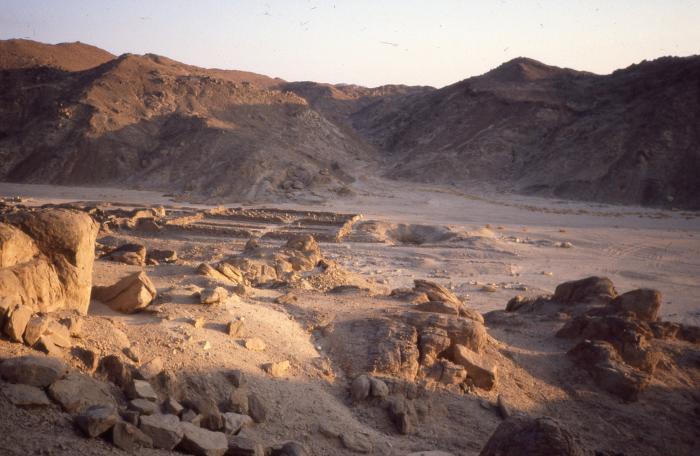Sew La Ti Embroidery [Search results for Egypt]
Sudan: Sudan's pyramids, nearly as grand as Egypt's, go unvisited

Israel: Egypt sues Israel over 126 smuggled artefacts

Near East: Egypt recovers ancient artefacts smuggled to US

Heritage: Suicide bomber strikes near temple of Karnak in Luxor

Heritage: Fallen Egyptian archaeologist wants international Grand Museum

Travel: Archaeologist calls for first underwater museum in Egypt

Heritage: Smuggled artefacts to return to Egypt from Switzerland

Heritage: Hellenistic-era ruins demolished in Alexandria

Heritage: 96% of Egypt's ancient monuments neglected

Heritage: Section of Tuthmosis column returned to Egypt

Heritage: Egypt's Mons Claudianus to become open-air museum

Heritage: More on Egyptian tomb falls victim to looters

Heritage: Two Egypt museum curators arrested for artefact thefts

Heritage: Egyptian tomb falls victim to looters

Near East: Swiss return ancient cultural objects to Egypt

Heritage: Egypt halts sale of ancient statue in Germany

Heritage: Egypt approves replica Pharos lighthouse plans

Heritage: Egyptian mummy found at French dump to go on display

Heritage: Stolen artefacts from Egypt's Graeco-Roman Museum recovered

Near East: ISIS sets eyes on Syrian site of Palmyra
